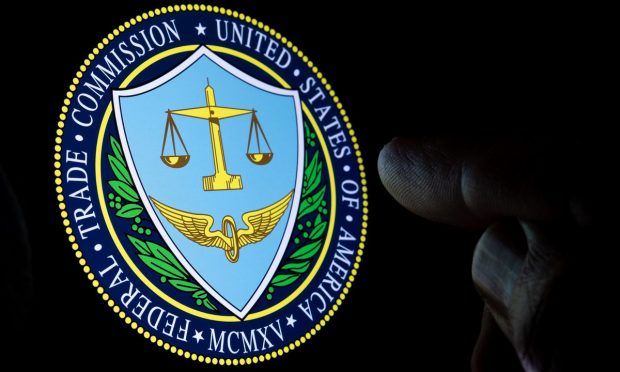FTC: Fraud Losses Surged 30% Last Year, Cost Consumers $8.8B

Fraud has a price tag — and it keeps going up.
As reported by the Federal Trade Commission last week, consumers lost $8.8 billion last year to various fraud schemes, a whopping 30% over the previous year’s tally.
The FTC reported that this past year investment scams reaped a significant share of ill-gotten gains. That’s more than double the amount seen in 2021.
Imposter scams managed to siphon off $2.6 billion in 2022, though it’s a bit more measured increase than we’ve seen with investment scams. The newest estimation is about $200 million higher than the $2.4 billion the FTC computed for imposter scams in 2021.
The FTC said that the data came from fraud reports from 2.4 million consumers, where its Consumer Sentinel Network receives those complaints directly from consumers. Other data sources are tied to federal, state and local law enforcement agencies. All in all, 23 states contribute data to the network, with an aggregate of more than 5 million reports — spanning the aforementioned fraud reports, identity theft reports and other complaints.
PYMNTS’ own recent reporting offers some insight into the growing burden of financial scams and fraud. In the report “The State of Fraud And Financial Crime In the U.S,” done in collaboration with Featurespace, we found that 62% of all finance institutions (FIs) experienced an increase in financial crime. Our research revealed that 58% of FIs noticed increasing sophistication in the financial crimes they experienced. Digital channels offer a ripe opportunity for bad actors.
Executives surveyed said that digital payments misuse accounted for 21% of the total number of fraudulent transactions and cost FIs an average total of $120 million last year. And with what we note are echoes of the relationship scams detailed by the FTC, in the PYMNTS data we found that fraud resulting from relationship, product and service scams combined represented 22% of total fraud and cost FIs an average total of $102 million.

